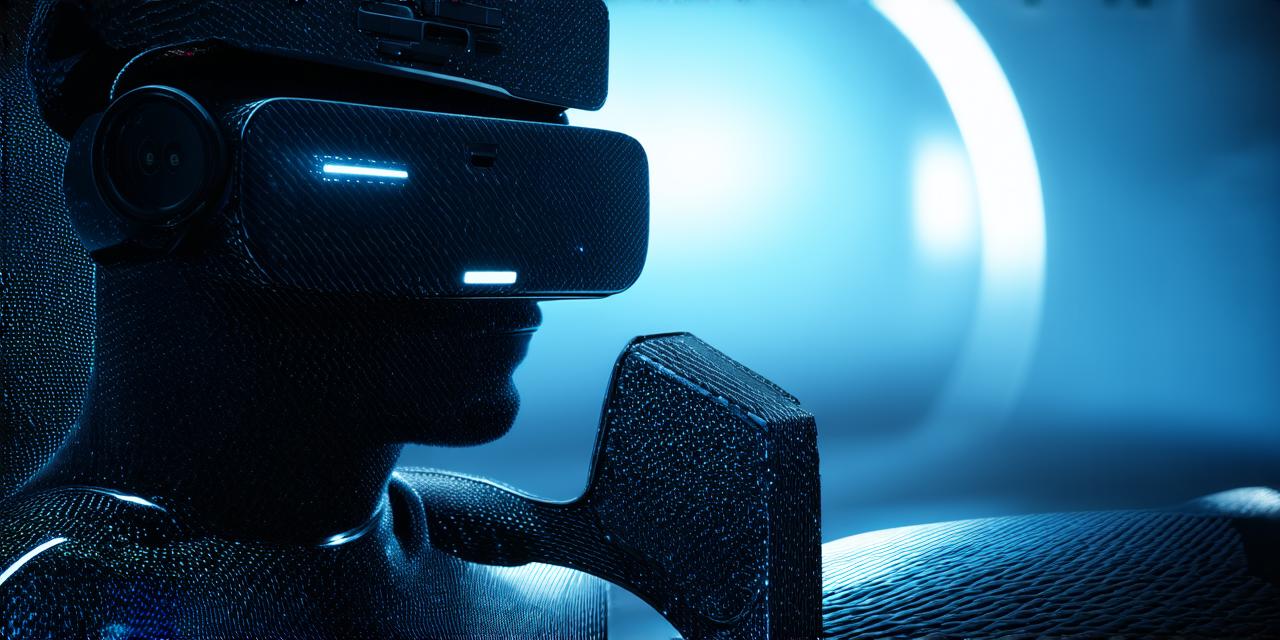Hardware Requirements for Virtual Reality Development
The first step in getting started with VR development is to choose the hardware that best suits your needs. There are two main types of VR headsets: standalone and PC-powered. Standalone VR headsets, such as the Oculus Quest 2, offer a more immersive experience but require a higher upfront investment. On the other hand, PC-powered VR headsets, such as the HTC Vive or Oculus Rift, require a powerful computer to run and are generally less expensive.
In addition to the VR headset, you will also need a high-performance computer with at least 8GB of RAM, an Intel Core i5 or higher processor, and a dedicated graphics card such as NVIDIA GTX or AMD Radeon. This hardware will allow you to run VR software smoothly and create high-quality experiences.
Software Requirements for Virtual Reality Development
Once you have the hardware, you will need the software to create your VR experiences. There are several game engines that support VR development, including Unity, Unreal Engine, and CryEngine. Each of these engines has its own strengths and weaknesses, so it is essential to choose one that best suits your needs.
In addition to a game engine, you will also need a VR SDK (Software Development Kit) such as the Oculus SDK or HTC Vive SDK. These SDKs provide developers with the tools and resources they need to create VR applications for their respective headsets.
Getting Started with Virtual Reality Development: A Step-by-Step Guide
- Choose a game engine: As mentioned earlier, there are several game engines that support VR development. Unity is a popular choice due to its ease of use and extensive community resources. Unreal Engine and CryEngine are also great options if you want more advanced features and performance.
- Install the VR SDK: Once you have chosen your game engine, install the corresponding VR SDK for your headset. This will provide you with the tools and resources you need to create VR applications.
- Design your experience: Start by designing the overall look and feel of your VR experience. Consider factors such as lighting, textures, and sound to create an immersive environment that engages the user.
- Create your environment: Use your game engine’s built-in tools to create the 3D models and environments for your VR experience. You can also use specialized software such as Blender or Maya to create more complex designs.
- Add interactivity: Virtual reality experiences are all about interaction, so be sure to add interactive elements such as buttons, levers, and triggers. These will allow users to engage with your environment and control the flow of the experience.
- Test and refine: Once you have created your VR experience, test it thoroughly to ensure that it runs smoothly and is engaging for the user. Refine your design as needed based on user feedback and testing results.
Case Studies: Successful Virtual Reality Developments
To illustrate the potential of virtual reality development, let’s take a look at some successful case studies from the gaming industry.
1. Beat Saber: Developed by Beat Games, Beat Saber is a rhythm game that uses virtual reality to create an immersive music experience. The game has been widely praised for its addictive gameplay and engaging visuals, which make use of VR’s unique capabilities to create a truly one-of-a-kind experience.
